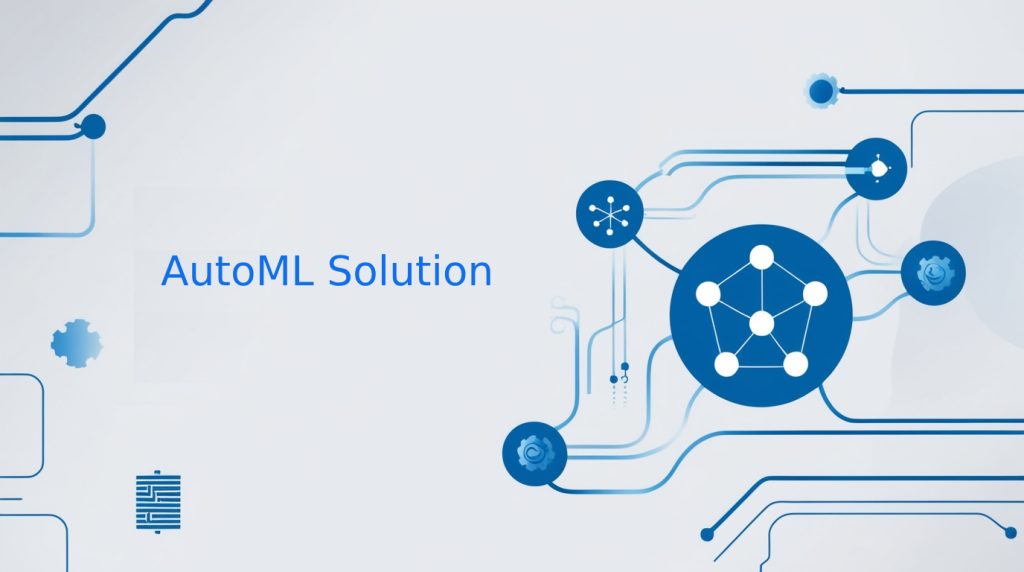Quantum Computing and Machine Learning: Potential and Challenges
Machine learning, known as ML, and quantum computation represent some of the many cutting-edge innovations of our day. Although both businesses have gone through significant advancements, if they amalgamate, they have the ability to transform entire segments and find solutions to issues that conventional machines are now unable to handle. However, amid the potential, there are a number of obstacles to overcome when combining equipment education with quantum technologies. What is Quantum Computing? Compared to conventional electronics, statistical computing processes memories in entirely distinct manners by utilizing the concepts of quantum theory, like interaction and symmetry. Quantum Computing’s Potential for Machine Learning Quantum computing may provide logarithmic speeds in a number of important statistical domains, even though classical computers have made significant progress in completing these duties. 1. The handling of data quickly and effectively The computing expenses of traditional machine learning techniques may prove substantial, particularly when they deal with large databases or feature spaces with significant dimensions. By using quantum methods which are better compared to standard predecessors and carrying out processes in aligned computational science may increase the pace of those jobs. 2. Faster Detection of Patterns Pattern identification in machine learning models may be enhanced by classical computing’s capacity to handle and comprehend information in complex regions. Finding connections in records with a lot of characteristics or complicated interactions is frequently difficult for conventional ML models. 3. Neuronal Networks with Quantum Enhancement Through image identification to processing languages, artificial brains form the foundation of contemporary data mining. By using quantum electronics to display and analyze the data in manners that conventional computers are unable to, Quantum computers may provide notable advancements in neural system training and inductive reasoning. This might result in more effective education, quicker unity, and possibly greater effectiveness models. Challenges in Integrating Quantum Computing and Machine Learning Given the enormous promise, significant obstacles must be removed while machine learning and quantum computing can be completely combined on large-scale. 1. Constraints of Quantum Hardware The invention of quantum systems is still in its infancy. Massive amounts of quantum computing will require resilient qubits in order gate quantum computing, and scaling quantum devices, all of which have not yet been fully developed. Relevant quantum machines, like people from Google, IBM, etc., remain chaotic, prone to errors, and limited by the variety of little bits they can deal with. Because of this, using quantum algorithms for actual machine learning tasks is challenging. 2. Creation and Improvement of Algorithms Several current methods are still not fully tailored for machine learning applications, despite the potential of quantum techniques. Creating techniques that not just execute better than traditional approaches but also scale well as data collection and variation in models rises is the difficult part. 3. Price and Availability The construction, upkeep, and operation of quantum machines are costly. They are therefore exclusively available to a small number of businesses and studies organizations. Although wireless quantum computing facilities are currently accessible, many enterprises still find it prohibitively expensive to use them at capacity. Conclusion The construction, upkeep, and operation of quantum machines are costly. They are therefore exclusively available to a small number of businesses and studies organizations. Although wireless quantum computing facilities are currently accessible, many enterprises still find it prohibitively expensive to use them at capacity.


![ZINGMIND_NEW_LOGO_001[1] ZINGMIND_NEW_LOGO_001[1]](https://zingmind.com/wp-content/uploads/elementor/thumbs/ZINGMIND_NEW_LOGO_0011-qx8qysq507q69bk8kd1xqx0s0k5ejeu55i4yozn5s0.png)




![ZINGMIND_NEW_LOGO_001[1] ZINGMIND_NEW_LOGO_001[1]](https://zingmind.com/wp-content/uploads/elementor/thumbs/ZINGMIND_NEW_LOGO_0011-qx8qysq7g3l9jd8p43ct29rnkp1tbfe8xpueghpwuo.png)